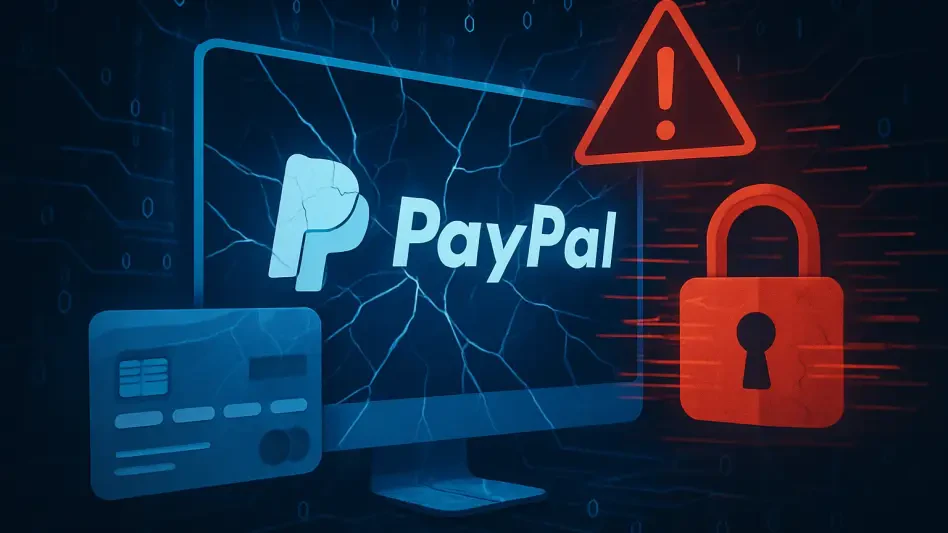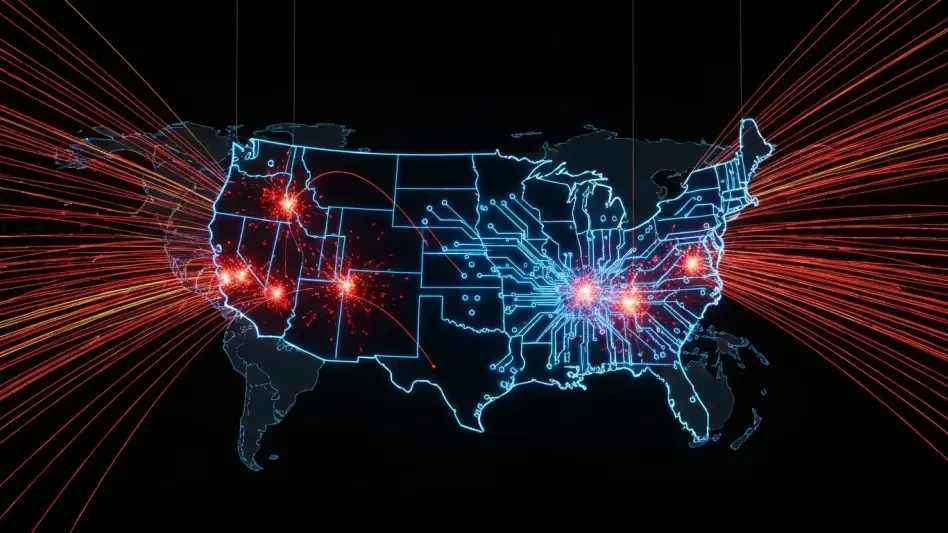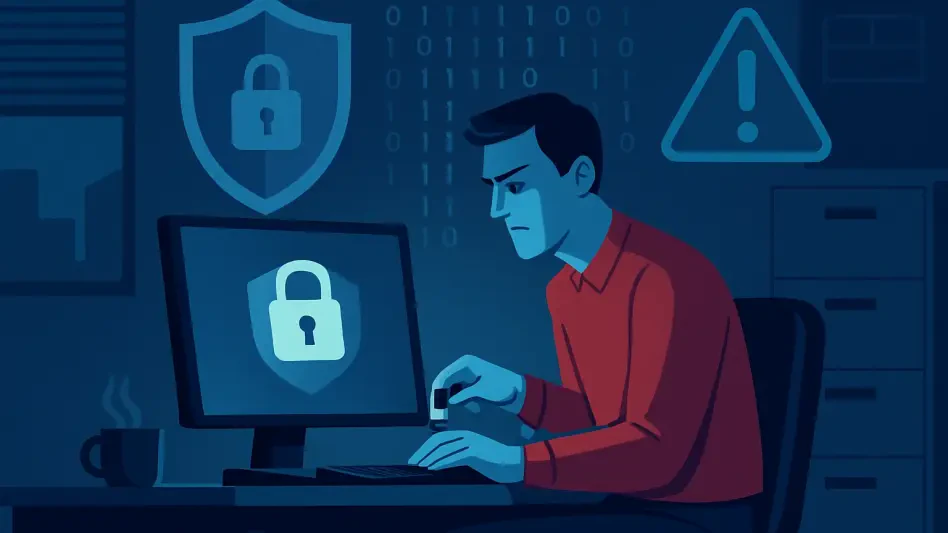In a chilling development for online security, a massive dataset of PayPal login credentials has emerged for sale on a dark web marketplace, with hackers asserting that it exposes nearly 15.8 million accounts globally, sending shockwaves through the digital finance community. This alarming claim raises urgent questions about the safety of personal and financial information in an era where cyber threats loom larger than ever. The dataset allegedly contains sensitive details such as email addresses, plaintext passwords, and specific login URLs tied to PayPal accounts. If verified as authentic, this breach could pave the way for widespread identity theft and financial fraud, impacting millions of users worldwide. As cybercriminals continue to exploit vulnerabilities, this incident serves as a stark reminder of the persistent dangers lurking in the digital realm. The implications of such a leak are profound, prompting both users and companies to reassess their security measures in light of evolving threats.
1. Details of the Alleged Leak
The hackers behind this dark web listing are marketing a database that reportedly spans 1.1 GB, offered at a surprisingly low price of around $750, which raises immediate red flags about its authenticity or intent. This alleged collection of credentials is said to have been gathered recently, positioning it as potentially one of the largest and most current PayPal-related leaks ever recorded. Such a vast number of compromised accounts could represent a goldmine for malicious actors seeking to exploit personal data for illicit gains. The structure of the data—pairing login credentials with specific portal URLs—suggests a sophisticated method of collection that could enable direct access to accounts if the information proves valid. While the scale of the dataset is staggering, the low asking price has led some experts to speculate whether this might be a ploy to attract attention or if the data is indeed as fresh and valuable as claimed. Regardless, the mere existence of such a listing underscores the ever-present risks in the online financial ecosystem.
Beyond the initial claims, the nature of this data dump points to the use of infostealer malware, a type of malicious software designed to harvest saved logins directly from infected devices rather than breaching a company’s servers. This method indicates that the compromise likely stems from individual user vulnerabilities, such as outdated security practices or lack of awareness about malware threats, rather than a direct attack on PayPal’s infrastructure. The pairing of credentials with URLs is a hallmark of such malware, as it captures not just passwords but also the exact pathways to access accounts. This approach allows cybercriminals to bypass traditional security barriers with alarming ease. For users, this serves as a critical wake-up call to prioritize device security and remain vigilant against phishing attempts or suspicious downloads. Meanwhile, the incident highlights how cybercrime tactics have evolved to exploit personal lapses in security, making individual responsibility a key factor in preventing widespread fraud.
2. PayPal’s Official Stance
PayPal has swiftly responded to the hackers’ claims, firmly denying that a new breach of its systems has occurred in connection with this dataset. Instead, the company has referenced a previously reported incident from a few years ago, during which attackers used credential-stuffing techniques to access tens of thousands of accounts, an event that resulted in significant regulatory scrutiny and a substantial financial settlement with U.S. authorities. This historical context suggests that the current data dump may not reflect a fresh compromise but could instead be a repackaging of older, already exposed information. PayPal’s insistence on this narrative aims to reassure users that its internal security remains intact and that the company is not at fault for this latest wave of concern. However, the reappearance of such data on dark web markets still poses risks, as even outdated credentials can be weaponized if users have not updated their security settings since the initial incident.
Further clarifying its position, PayPal has emphasized that the advertised dataset likely combines recycled data from past leaks with credentials stolen directly from users’ compromised devices through malware. This explanation shifts some of the responsibility to end-users, underscoring the importance of personal cybersecurity hygiene in preventing account takeovers. The company has also reiterated its ongoing efforts to enhance platform security, including advanced monitoring systems to detect unauthorized access attempts. While these measures are commendable, they do little to address the immediate anxiety among users who fear their information might be part of the leaked dataset. PayPal’s stance, while reassuring on a corporate level, leaves open the question of how much recycled data remains actionable in the hands of determined cybercriminals. This situation illustrates the complex interplay between corporate defenses and individual vulnerabilities in the broader fight against cybercrime.
3. Assessing the Data’s Legitimacy
Cybersecurity researchers have yet to fully validate the authenticity of the massive dataset being peddled on the dark web, with only small samples circulating among experts for analysis at this stage. The unusually low price of the data, coupled with the sheer volume of alleged records and overlap with previously known leaks, has sparked skepticism about whether this dump is genuinely new or merely a rehash of old information. If the credentials were indeed fresh and unique, industry norms suggest a much higher asking price and immediate exploitation by fraudsters looking to capitalize on the data. The lack of such activity so far adds to the doubts surrounding the hackers’ claims. Nevertheless, the potential for even a fraction of the data to be valid keeps security professionals on edge, as partial leaks can still wreak havoc when used in targeted attacks. This uncertainty highlights the challenges in combating cyber threats when verification lags behind criminal innovation.
Even as doubts persist about the dataset’s origins, the risks associated with any leaked credentials cannot be dismissed outright, especially given the common practice of password reuse across multiple platforms. Attackers frequently test stolen logins on various services, banking on the likelihood that users have employed the same email and password combinations elsewhere. This cross-platform vulnerability amplifies the potential damage of even a partially authentic leak, turning a seemingly contained incident into a broader security crisis for affected individuals. Cybersecurity experts stress that the low cost of acquiring such datasets on dark web markets makes them accessible to a wide range of malicious actors, from lone opportunists to organized crime syndicates. The ongoing uncertainty around this particular dump serves as a reminder that the digital underworld operates on speed and deception, often outpacing the ability of researchers to confirm threats before they are exploited by those with ill intent.
4. Steps for User Protection
In light of the uncertainty surrounding the alleged leak, security experts strongly advise PayPal users to take proactive measures to safeguard their accounts, regardless of whether the data dump is ultimately proven authentic. Immediate actions include changing passwords, particularly if the same credentials are used across multiple platforms, as this remains a common weak point exploited by attackers. Enabling two-factor authentication (2FA) on PayPal and other sensitive accounts adds an essential layer of defense, ensuring that even stolen credentials cannot easily grant access. Additionally, using a password manager to generate and store unique, complex passwords for every service can drastically reduce the risk of compromise. Users should also remain vigilant by regularly monitoring their accounts for any signs of suspicious activity or unauthorized transactions, as early detection can mitigate potential damage. These steps collectively empower individuals to take control of their digital security in the face of evolving threats.
Beyond immediate account protection, users must also be cautious of secondary risks stemming from leaked data, such as targeted phishing campaigns that often follow credential dumps. Cybercriminals frequently use exposed email addresses to craft convincing scams, tricking users into revealing additional information or clicking malicious links. Staying alert to unsolicited communications, even those appearing to come from legitimate sources like PayPal, is crucial in avoiding such traps. Regularly updating security software on personal devices can further prevent malware infections that might lead to credential theft in the first place. For those concerned about broader exposure, checking if their email has appeared in known leaks through reputable online tools can provide clarity on potential risks. These protective measures, while requiring effort and awareness, are indispensable in an era where personal data is a prime target for cybercriminals, and individual vigilance often serves as the first line of defense against fraud.
5. Broader Implications for Cybersecurity
The emergence of large-scale credential dumps, whether authentic or not, has become a recurring theme in the cybercrime landscape, reflecting the persistent vulnerabilities within the digital ecosystem. Even when companies like PayPal are not directly breached, users remain at risk through indirect threats such as malware infections, password reuse, and sophisticated phishing schemes that prey on human error. This incident underscores a critical reality: cybersecurity is not solely the responsibility of service providers but a shared burden that demands active participation from individuals. The sheer frequency of such data leaks signals a thriving underground economy where stolen information is traded as a commodity, often outpacing the ability of corporations and regulators to respond effectively. As cyber threats grow in complexity, the need for systemic improvements in security protocols and user education becomes increasingly apparent to curb the impact of these pervasive risks.
Looking at the bigger picture, this event highlights the urgent need for a cultural shift in how online security is perceived and prioritized across all levels of society. Governments, businesses, and individuals must collaborate to address the root causes of data exposure, from enhancing legal frameworks to combat cybercrime to promoting widespread adoption of robust security practices. The recurring nature of credential leaks also calls for innovation in authentication technologies, such as biometrics or hardware-based solutions, to reduce reliance on easily compromised passwords. Reflecting on past responses, it becomes clear that reactive measures alone fall short in preventing the circulation of stolen data. Moving forward, a proactive stance—rooted in prevention, awareness, and technological advancement—offers the most viable path to mitigate future threats and protect the integrity of digital transactions in an increasingly interconnected world.








